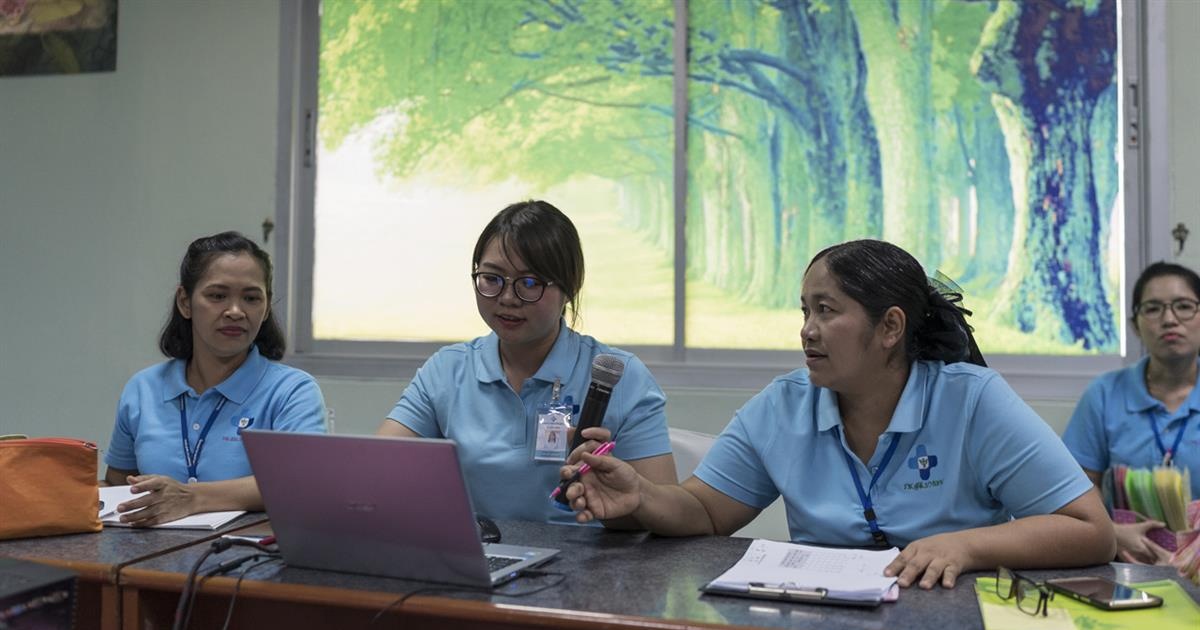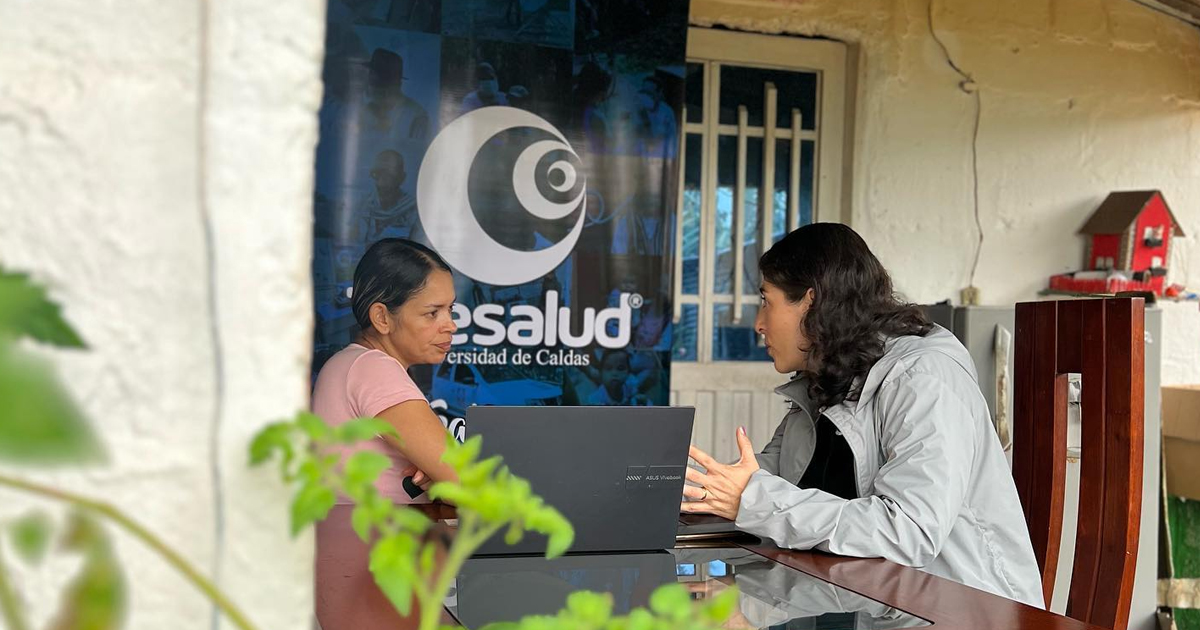This guide presents a systematic process for countries to develop an investment plan for digital health within one or more areas of the health program
The World Health Organization (WHO) published the document The Digital implementation investment guide: integrating digital interventions into health system a practical guide that serves as a complement to the WHO guide: recommendations on digital interventions for strengthening the health, which systematically address processes for the development of a Digital Health plan, taking into account budgets, and WHO recommendations to benefit health systems through policies and interoperable tools.
As it appears on the front pages of the guide: “This Digital Implementation Investment Guide (DIIG) aims to help governments and technical partners plan a digital health implementation that focuses on one or more health programs to support national health system goals.”
The guide initially presents the nine principles for digital development that digital health interventions need:
- Design with the User:The design of the strategy must be user-centric.
- Understand the existing ecosystem: Well-designed initiatives consider the particular structures existing in each country, region or community.
- Designed for scale: Requires adoption of initiatives beyond population and pilot testing.
- Build for sustainability: Sustainable programs need to be sustainable to maintain stakeholder support.
- Data Driven: An initiative that presents verified data and information promotes the availability of data for the people involved.
- Use open source, open data and open standards: A free approach to digital development promotes collaboration in the community.
- Reuse and improve.
- Addresses privacy and security: Digital development considers efficient criteria on how data is collected, saved, and shared.
- Be collaborative: A collaborative project promotes data sharing, strategies, results, among others.

Given these nine principles, you can get a clearer idea of the potential of Digital Health for the benefit of health systems around the world and as a key point for achieving universal health coverage. Dr Garrett Mehl, a scientist in WHO's Department of Sexual and Reproductive Health and Research, explained the relevance of these principles: “If implemented in a strategically harmonized manner, leveraging the key principles and messages presented in the DIIG, these digital health systems are powerful tools that will help us achieve the ultimate goal of health and well-being for all.”
Governments need to know how to make investments according to their specific expectations and plans and also know the infrastructure they have to carry out a digital strategy, Dr Soumya Swaminathan, WHO's chief scientist, explains within the guide that “Investment must be carefully and thoughtfully coordinated for equitable access to meet the full spectrum of health needs leveraging mature digital public goods, and building on digital development and donor principles to maximize the benefits of digital investments.”
Governance is key to starting digital health plans, investments in this area aim to provide more tools to decision makers. WHO Department of Innovation and Digital Health Director Bernardo Mariano explains that “the DIIG is a tool that encourages strategic collaboration and governance. It helps decision-makers make ethical and evidence-based decisions, with sustainability and equity at their core, in coordination with people working across sectors.”
To view and download the complete document, please go to the following link: https://www.who.int/publications/i/item/9789240010567





